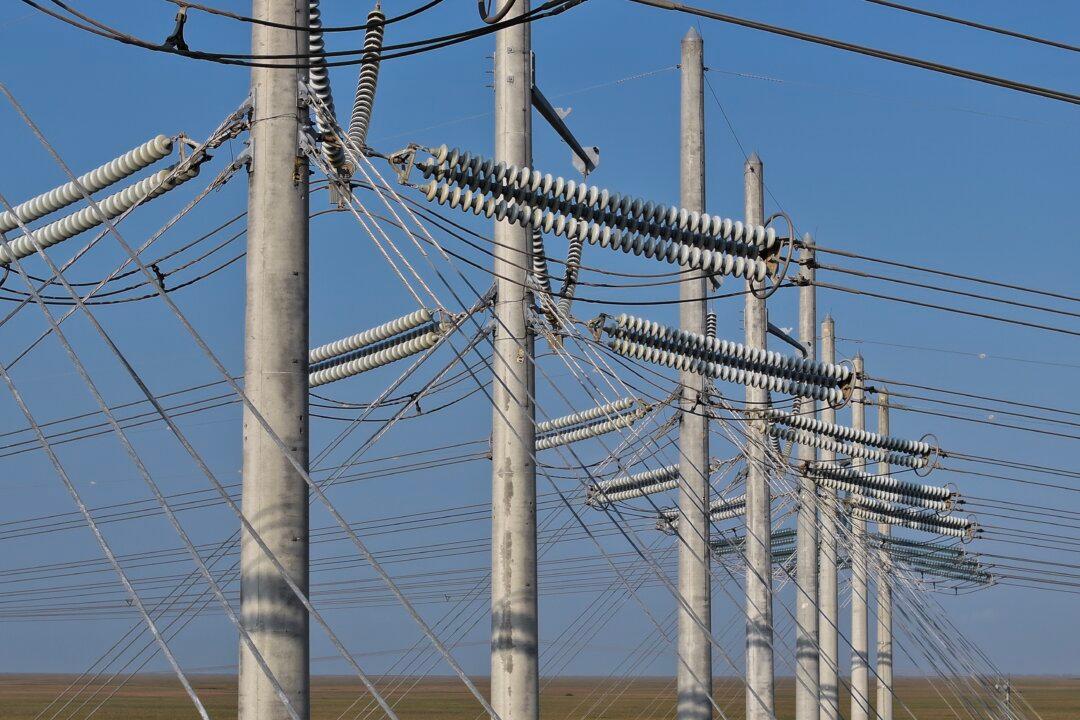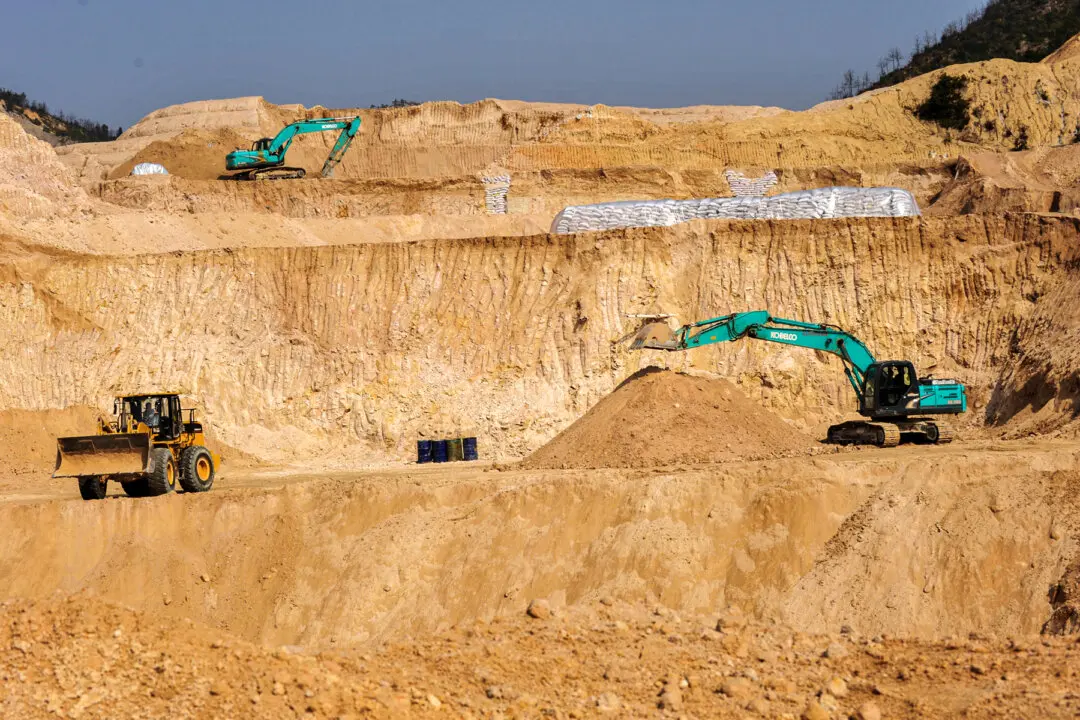Commentary
The total demand for electricity in the United States is projected to increase by nearly 16 percent over the next five years, which will increase prices and put greater demands on the grid. For the United States to stay competitive and avoid billions of dollars in damages related to blackouts, brownouts, and power fluctuations, new power plants and stronger grids must be built to meet the new demand and keep prices down.





